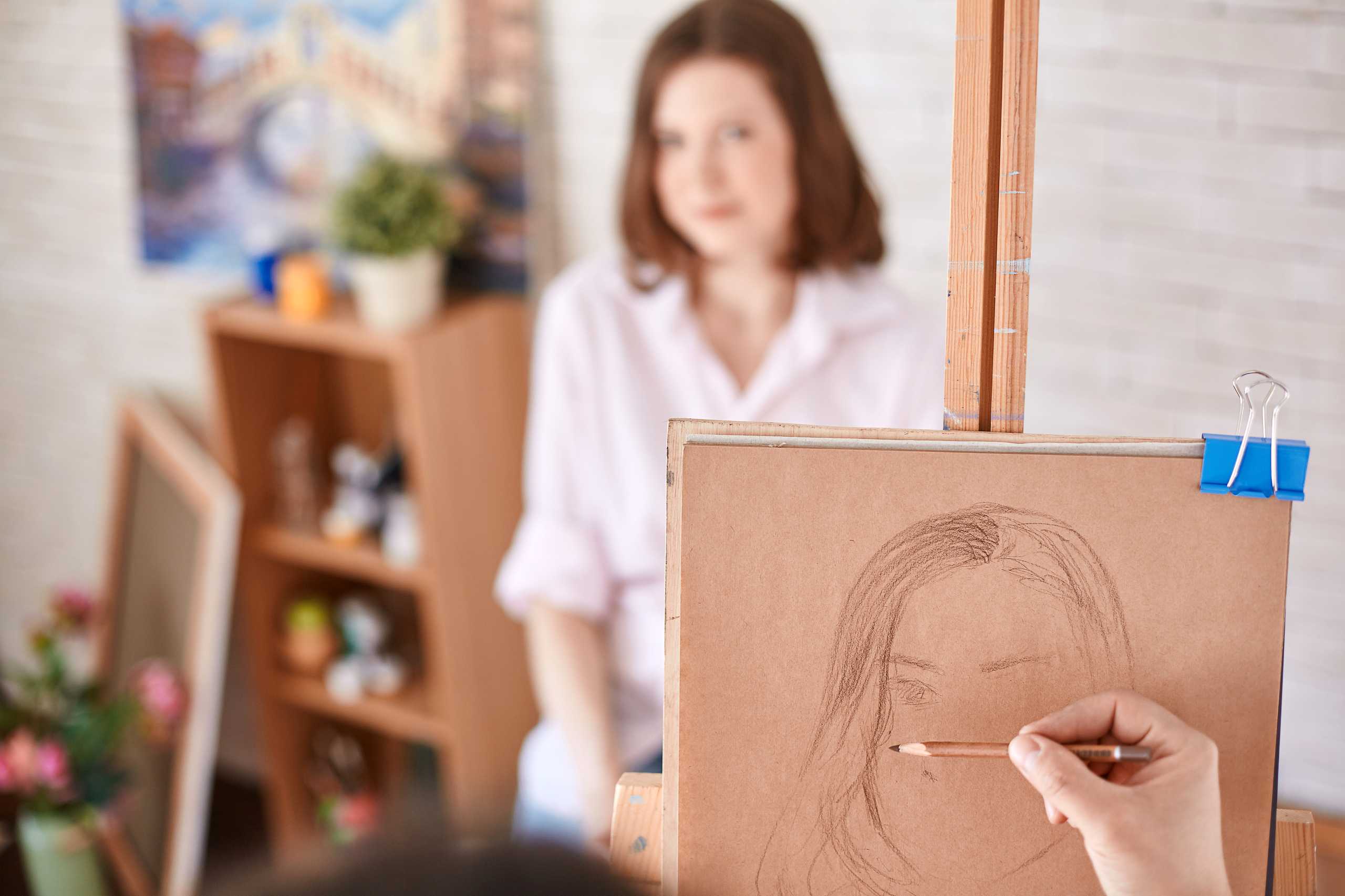Behind every great drawing lies not only skillful technique, but also a sharpened sense of observation. The ability to truly see, rather than merely look, separates casual sketches from masterful works of art. Observation is the silent force that fuels creativity and precision.
Seeing Beyond the Surface
Most people glance at an object and capture only its outline. An artist, however, learns to go deeper — noticing how light bends, how shadows shift, how textures interact. This deeper vision transforms even the simplest subject into an endless source of study.
How Observation Shapes Drawing
- Accuracy in Proportions – Careful observation prevents distortions and builds harmony in composition.
- Emotional Depth – A subtle facial expression, a slight gesture, or a delicate detail can change the mood of the entire artwork.
- Creative Interpretation – Observation is not copying; it is understanding. Once you see the essence, you can decide how to express it.
Practical Ways to Improve Observation
One effective exercise is gesture drawing — capturing the movement of a figure in a few seconds. Another is still-life studies, where attention is given to reflections, textures, and spatial relations. With each practice, the eye becomes more trained and the hand more responsive.
The Lifelong Advantage
Observation is not a skill that fades; it strengthens with time. Artists who nurture this ability find inspiration everywhere — in a crowded street, a quiet park, or even in the folds of fabric. Once developed, it becomes a lifelong tool for creativity.

